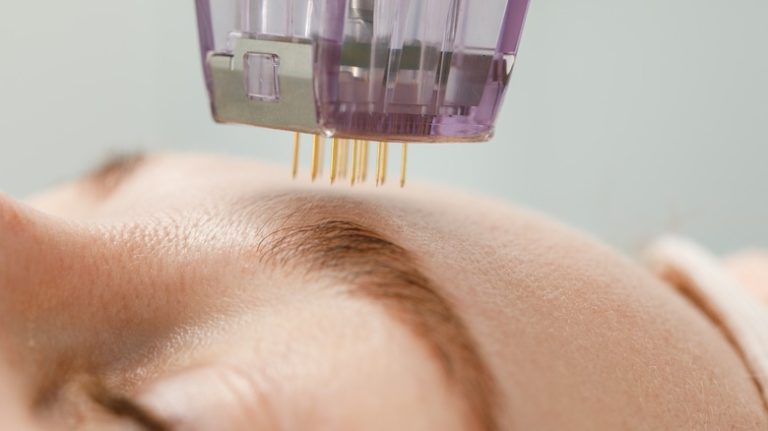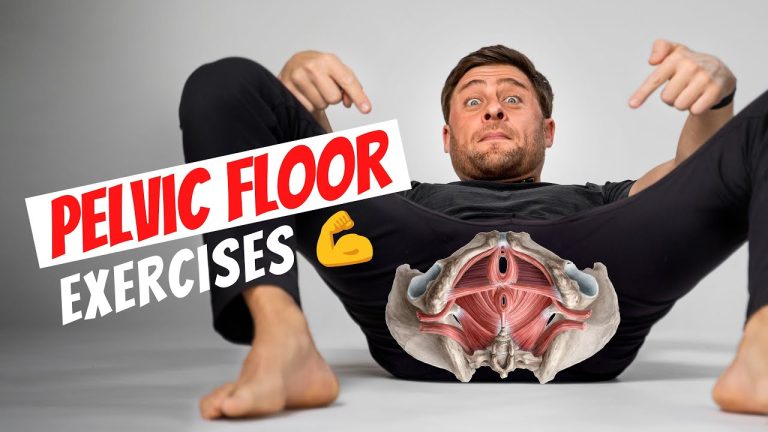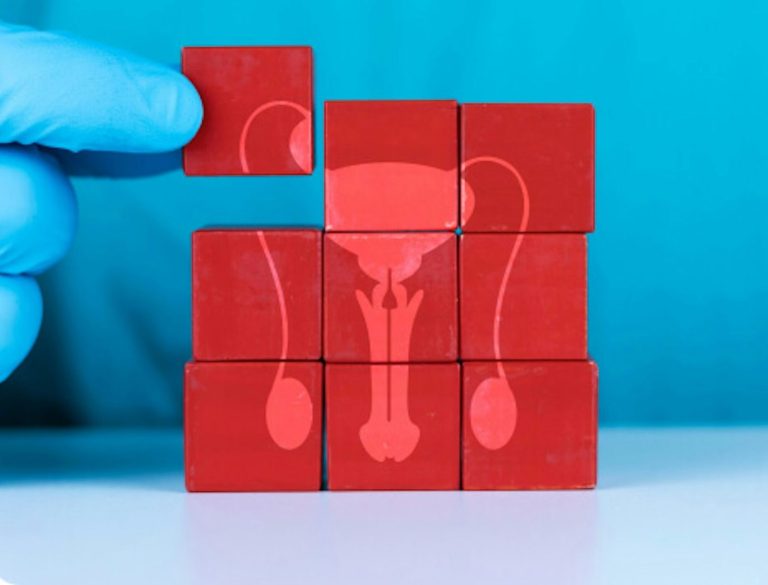The commercial medical devices available for weight loss are diverse, most of which are based on different technological principles aimed at stimulating fat cells in the human body, promoting fat breakdown and metabolism, and ultimately achieving weight loss. Some of the common commercial medical devices for weight loss include:
- Ultrasound Fat Reduction Device:
- Principle: Utilizes ultrasonic vibrations to stimulate subcutaneous fat, causing it to break down and be metabolized out of the body.
- Effect: Long-term use, combined with a reasonable diet and exercise, can yield good weight loss results.
- Radio Frequency Fat Reduction Device:
- Principle: Employs radiofrequency waves to generate heat energy that acts on fat cells, causing them to break down and be excreted from the body.
- Effect: Like ultrasound devices, radiofrequency fat reduction devices require long-term use and a healthy diet and exercise for optimal results.
- Electronic Fat Reduction Device:
- Principle: Stimulates muscle contraction and fat breakdown through electronic pulses acting on the human body.
- Effect: The effectiveness of electronic fat reduction devices is controversial, as their principles have not been fully scientifically validated. Therefore, caution should be exercised when choosing to use them.
- Infrared Fat Reduction Device:
- Principle: Utilizes the thermal effect of infrared rays to promote blood circulation and metabolism, thereby accelerating fat breakdown and excretion.
- Effect: The effectiveness of infrared fat reduction devices varies among individuals and depends on their physical condition and usage method.
- Negative Pressure Fat Explosion Device:
- Principle: Uses negative pressure suction to lift and disrupt subcutaneous fat tissue, which is then excreted from the body.
- Effect: Negative pressure fat explosion devices are commonly used in beauty salons and other commercial settings. They provide relatively rapid weight loss results but require individuals to maintain their dietary habits and exercise routines.
- Cryolipolysis Device:
- Principle: Employs low-temperature technology to freeze fat cells, causing them to crystallize and naturally undergo apoptosis, which are then excreted through metabolism.
- Effect: Cryolipolysis devices are non-invasive weight loss methods suitable for localized fat reduction, such as abdominal and thigh fat accumulation.
- Laser Fat Reduction Device:
- Principle: Utilizes laser energy to disrupt fat cells, causing them to break down and be excreted from the body.
- Effect: Laser fat reduction devices are typically used for targeted fat reduction in specific areas, such as the abdomen and hips. Their effectiveness requires multiple treatments and maintenance through diet and exercise.
- Surgical Assistive Devices:
- These include laparoscopic tools, adjustable gastric bands, and other devices used in weight loss surgeries such as sleeve gastrectomy and gastric bypass.
- Effect: Surgical assistive devices offer significant weight loss results but also pose higher risks, requiring professional medical guidance.















